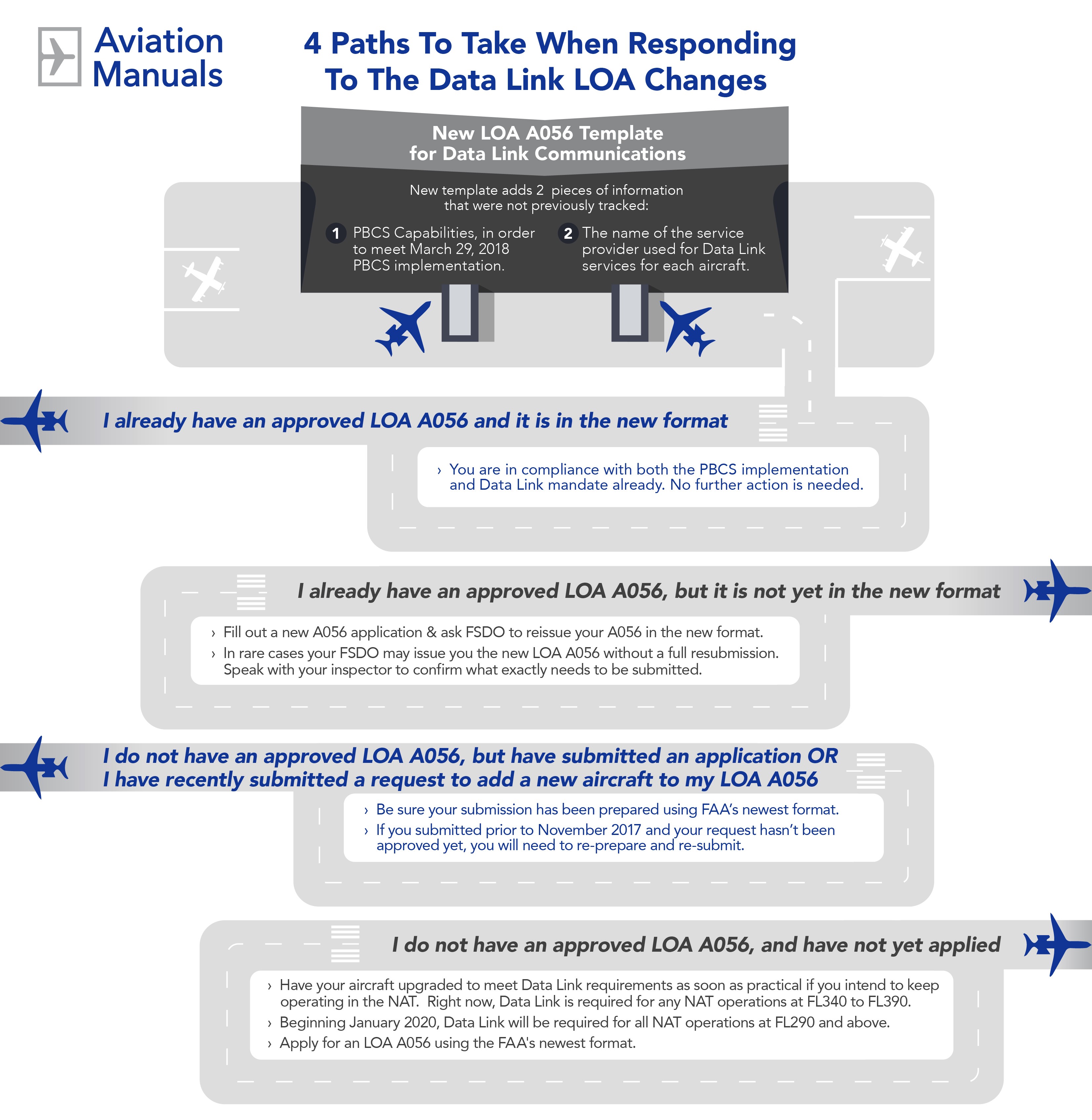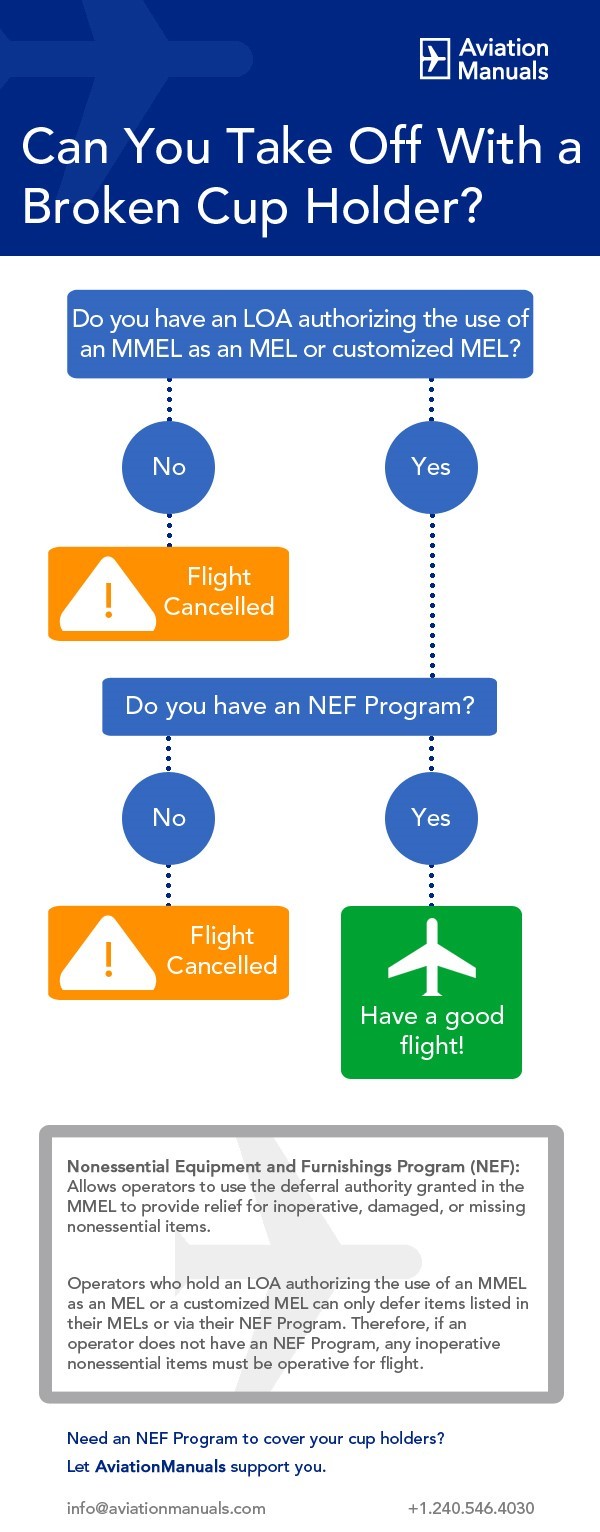As you may be aware, IBAC is making significant changes to the IS-BAO standard this year. We wanted to share some information about the changes and how they may affect operators. In addition, we have highlighted steps you will need to take in order to be compliant with the new standard.
The 2018 IS-BAO standard was released at the beginning of the year in beta version with the go-live scheduled for July 1, 2018. Operators, however, can continue to use the 2017 standard until July 1, 2019.
Key changes
- ERP protocols are being added back in and slightly expanded
- Redundant protocols are being removed or consolidated
- The International protocols are being removed or merged with the ‘regular’ flight operations protocols
- The ‘regular’ flight operations protocols are being reorganized to align more closely with the steps of scheduling/planning a trip and phases of flight
What does this mean for you?
Depending on your situation, one of the following scenarios will apply to you:
- If your manual has not been updated to the 2017 IS-BAO standard and you have an audit prior to July 1, 2019, you will need to update your FOM at least two months prior to your audit. We can include best practices and any revisions that you may have as part of a standard reissue.
- If your manual has been updated to the 2017 IS-BAO standard and you have an audit prior to July 1, 2019, you don’t need to do anything at this time. That said, we still recommend updating your manual with best practices and any applicable revisions.
- If you have an audit after July 1, 2019, your manual will need to be updated to the 2018 IS-BAO standard at least two months prior to your audit. Again, we will also include best practices and any revisions that you may need at that time.
You’re in good hands
We recognize this is an unusual IS-BAO update transition; rest assured, we will stay on top of these changes for you.
Please find attached an information sheet that goes into more detail.
Questions? We’re there to help. Get in touch today.


